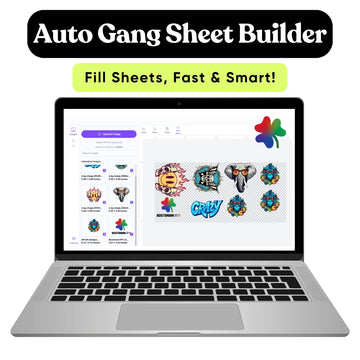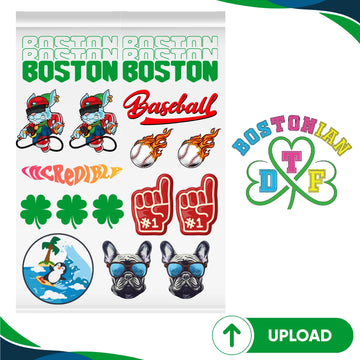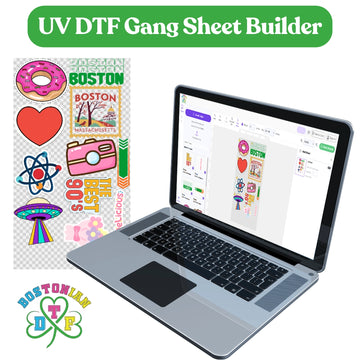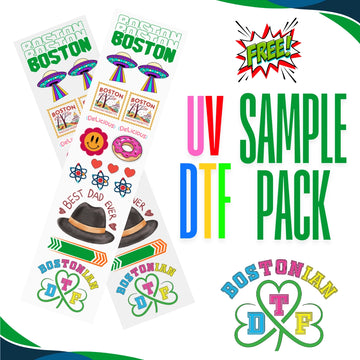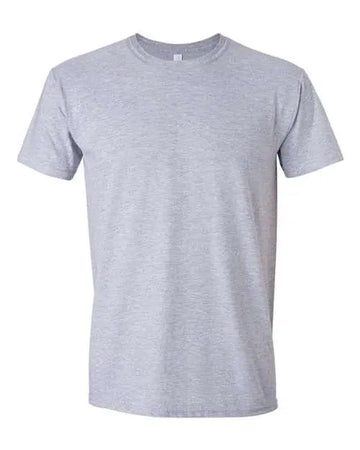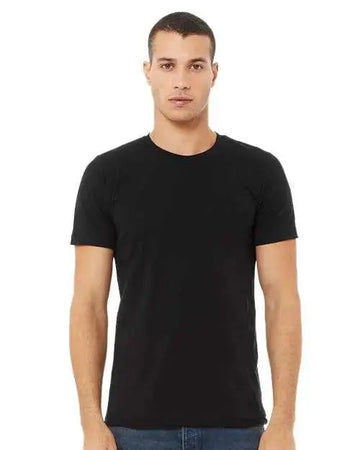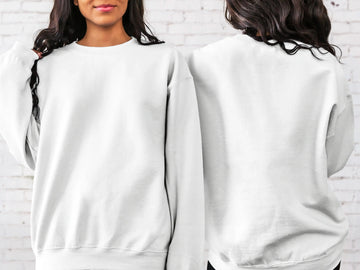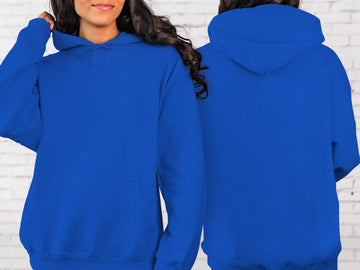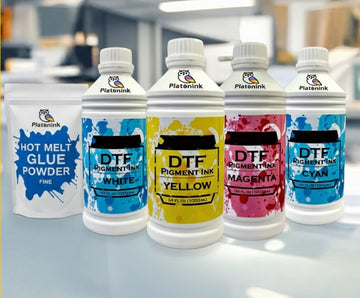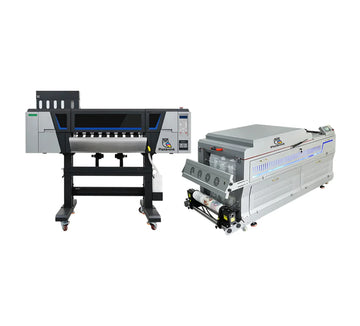DTF printing has exploded in popularity, especially with businesses like Bostoniandtf offering vibrant, durable custom apparel. Whether you’re just exploring or ready to order, here are the top 10 questions customers ask about dtf printing quest, fully answered in plain human language.
1. What is DTF printing?
It stands for Direct to Film, images are printed onto a PET transfer film, coated with adhesive powder, heat cured, then pressed onto fabric. Think of it as the magic paintbrush for your tee.
This dtf printing quest begins with clarity: it’s versatile, economical for short runs, and works on various fabrics.
2. How does the DTF printing process work?
The DTF printing process unfolds in four easy steps:
- Print design onto PET film with special ink.
- Cover wet ink with powder adhesive.
- Cure powder via heat.
- Heat press film onto fabric, peel, and cure again.
Your design is crisp, durable, and ready to wear.
3. What affects DTF printing cost?
Enthusiasts often wonder about DTF printing cost. Startup gear (printer, heat press, powder shaker) runs $1,500–$7,000, with ink ($80–$120/L) and film ($1.5–$3/sq ft) expenses. But small‑run orders eliminate screen‑print setup charges, ideal for budding businesses.
4. Is DTF printing durability as good as they say?
Yes, DTF printing durability shines with 50–100+ wash cycles if cared for properly. Users rave about maintaining sharp prints after 50 washes.
Caring tips: wash cold, inside out, and let it air‑dry when you can.
5. Can DTF printing on cotton and polyester?
Absolutely. DTF printing on cotton and DTF printing on polyester both work beautifully. One method covers all: shirts, bags, even non textile substrates like leather and wood. No fabric specific limitations means more creative freedom.
6. How do I maintain a DTF printer?
DTF printing maintenance includes daily print‑head flushing (especially white ink), powder shaker cleaning, heat‑press upkeep, and environmental control (70–75 °F, 40–60 % humidity) for consistent prints. Skimp on maintenance, and you’ll soon be stuck with clogged heads or dull designs.
7. What’s a typical DTF printing turnaround time?
Thanks to a quick DTF printing turnaround time, orders placed by midday can ship same day, while most jobs finish within hours. It’s faster than screen print’s setup, making rush jobs feasible.
It’s ideal for deadlines, events, and fast‑turn needs.
8. Any drawbacks or things to watch for?
One hitch: prints can feel "plasty" compared to DTG, especially on full‑coverage designs.
You might notice slight color limitations, though most vibrant designs look amazing. Just be aware: feel and setup costs can matter.
9. How eco friendly is it?
Environmentally conscious users ask about DTF printing durability vs its eco footprint. It uses water‑based inks but requires powder disposal and energy for curing. To be greener, request eco inks, recycle waste responsibly, and optimize production runs.
10. How does it compare to DTG or screen printing?
DTF vs DTG: DTF prints film to textile; DTG prints directly on cotton. Both last similarly, but DTF suits polyester, while DTG feels softer.
DTF vs screen printing: DTF delivers faster setup and has no minimums, but screen is unbeatable for massive bulk orders.
Summary: Your DTF Printing Quest
- What is DTF printing? A flexible, vibrant, print‑on‑film method.
- Process & cost: Involves four steps, modest startup expense, low per piece cost.
- Durability: With proper care, prints last dozens of washes.
- Materials: Works on cotton, polyester & more.
- Maintenance & environment: Needs upkeep and mindful disposal.
- Speed: Fast turnaround beats screen printing.
- Feel & eco impact: Slightly plasticky, with energy/waste concerns.
- Comparison: Best for smaller batches & mixed fabrics, screen or DTG may be better for big runs or extreme softness.
If you’re considering DTF, Bostoniandtf provides top tier quality, eco‑aware options, and responsive service. Your dtf printing quest ends with a vibrant tee, hassle free experience, and a smile.
Frequently Asked Questions
1. What is DTF printing
A heat transfer method printing designs onto PET film, coated with powder, then heat pressed onto clothing. It creates vibrant, long lasting prints usable on diverse fabrics like cotton and polyester.
2. How much does DTF printing cost?
Starter DTF setups cost $1,500–$7,000. Consumables include $80–$120/L ink, $1.50–$3/sq ft film. Small batch savings avoid screen print fees, making it ideal for on demand jobs.
3. Is DTF printing durable?
Yes, well cared DTF prints withstand 50–100+ cold water washes without cracking or fading. Proper curing and garment care ensure long lasting vibrant designs for apparel and promotional items.
4. Can you DTF print on cotton and polyester?
Absolutely. DTF printing on cotton or DTF printing on polyester works seamlessly. It handles both natural and synthetic fabrics, plus blends, leather, wood, and poly based materials.
5. What maintenance does a DTF printer need?
DTF printing maintenance includes environmental control, print head flushing, powder shaker cleaning, heat press upkeep, and calibration. Daily or weekly care prevents clogging and maintains print quality.

